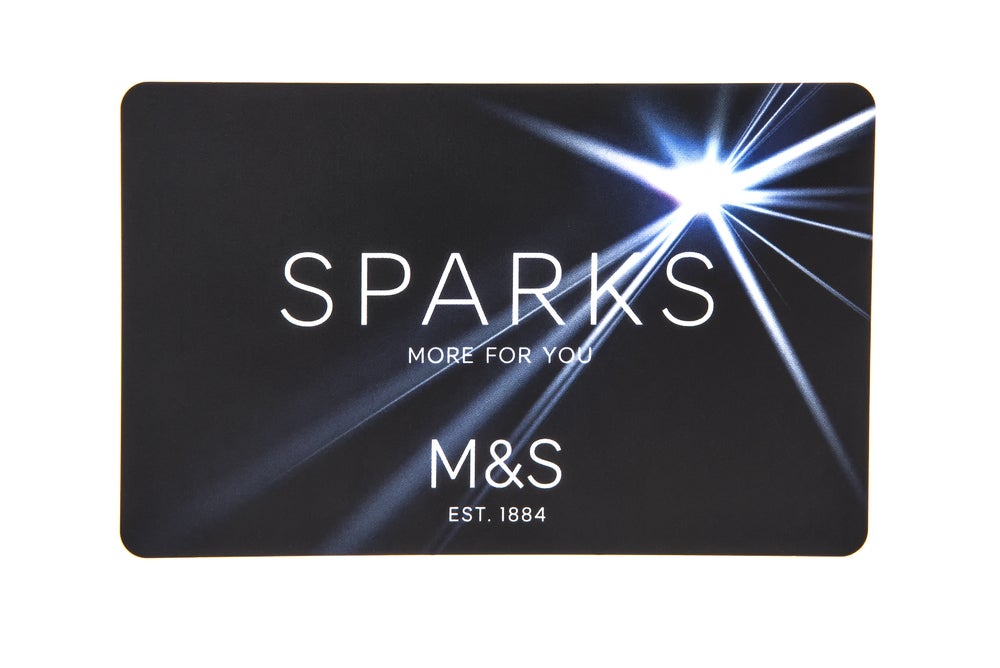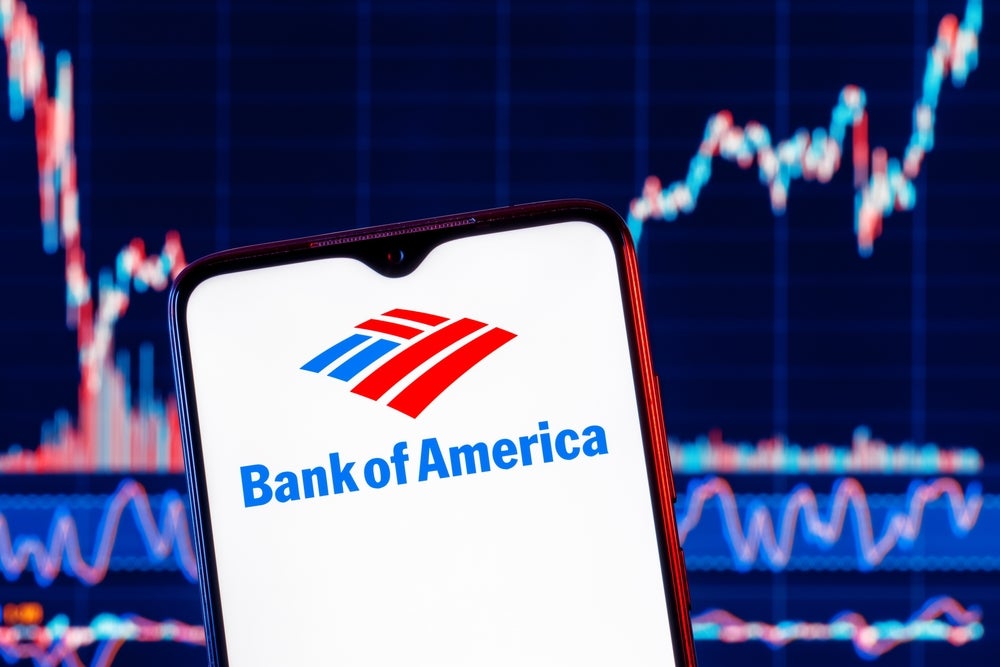In an attempt to provide active investment management for emerging affluent investors, Bank of America has launched Merrill Edge Select Portfolios for customers at the middle market. Managing director and the Merrill Edge product executive at BofA, Tom Halloran, speaks to Charles Davis about the latest offering
Seeking to capitalise on its massive retail consumer base, Bank of America (BofA) is driving its investment advising platform ever further into the middle market.
Its newest offering – called Merrill Edge Select Portfolios is aimed at providing customers with as little as $20,000 in investable assets with access to actively managed, diversified portfolio management.
Tom Halloran, managing director, and Merrill Edge Product Executive at BofA, said that Merrill Edge represents the banks latest attempt to provide active investment management at the middle class and the emerging affluent investor.
Halloran said that BofAs 57m consumer and small business customers offer a base of about 8m customers that fall right into the segment of emerging affluents.
How well do you really know your competitors?
Access the most comprehensive Company Profiles on the market, powered by GlobalData. Save hours of research. Gain competitive edge.

Thank you!
Your download email will arrive shortly
Not ready to buy yet? Download a free sample
We are confident about the unique quality of our Company Profiles. However, we want you to make the most beneficial decision for your business, so we offer a free sample that you can download by submitting the below form
By GlobalDataMerrill Edge Select Portfolios was designed with the middle class and emerging affluent investor in mind, Halloran said.
We began by lowering the balance requirements and providing a simple, straightforward way for a broader range of investors to access professionally managed investments, he said.
Merrill Edge Select offers customers a menu of 10 diversified portfolios, ranging from conservative to aggressive, to align with their risk tolerance, investment time horizon, liquidity needs and goals of the individual investor.
Halloran said that investments in the portfolio are allocated among mutual funds and exchange-traded funds generally invested in stocks, bonds and international investment products. Customers pay an annualised one percent management fee for Merrill Edge Select.
We know of no one offering customers with $20,000 to invest access to investment professionals who actively monitor and rebalance their portfolios based on changing market conditions.
"We are using branch personnel and call centers to make customers aware of the offer, and were seeing a tremendous amount of traffic. This is an extremely accessible, easy product to open, and within a day or two they are up and running, Halloran said.
Halloran said one of the major attractants of the product lies in the fact that many emerging affluent investors have assets scattered across a wide range of investments, often with little sense of balance or diversification.
Merrill Edge Select offers us a great chance to sit down with someone with $40,000 or $50,000 in two or three mutual funds, maybe some equities and cash holdings, he said.
They have no time to give a lot of thought to portfolio balance, or whether they should place more weight on international equities when they are outperforming their US investments, and they dont have the advice they need. So we are driving active investment management farther down into the retail banking base than ever before.
BofA has positioned Merrill Edge Select as a core asset, one that can serve as a gateway to solutions-based planning.
The bank wants to begin moving these consumers toward understanding the relationship between investments as part of an ongoing planning relationship. Merrill Edge Select begins the process, including a semi-annual portfolio review with an investment professional built into the product relationship.
Sitting down with a professional money manager twice a year is something typically reserved for clients at much higher investment levels, but we can provide this level of service thanks to our base of financial planners, Halloran said, adding that BofA is in the midst of adding 500 new Financial Solutions Advisers, with a goal of having planners in 1,000 branches by the end of the year.
BofAs research highlights the scope of the emerging affluent market and its need for better, more proactive advice. Its latest Merrill Edge Report, a semi-annual study of the financial concerns and priorities of the mass affluent defined as consumers with $50,000-$250,000 in investable assets identified approximately 28m US households meeting that criteria.
The study found that mass affluent and emerging affluent households in the United States have taken more proactive steps to improve their short-term financial situation, but continue to seek guidance from established sources to reach financial goals.
The study found that 57% believe it will be harder to save for the long-term five years from now compared to today, and 27% feel that it will be equally as difficult to save five years from now as it is today. As a result, one in five (21%) reported that they have increased their savings in the last year.
The mass affluent plan to continue tracking and managing their money (67%) and paying down debt (47%) in the next six months. However, there were those (27%) who continued to tap their long-term savings to meet short-term needs. Among them, 26% did so to cover regular monthly living expenses such as bills or groceries.
Halloran said that in spite of short-term financial recovery, the mass affluent continue to struggle with long-term goals such as retirement planning and college savings.
Nearly half (47%) of non-retirees expect to retire later than they had planned a year ago, an increase from 42% in January. In fact, the number one financial regret among the mass affluent is not contributing enough to their 401(k) or retirement savings (17%).
The perception that they need to be doing more, sooner, to prepare for retirement offers an ideal opportunity for Merrill Edge, Halloran said.
They want to do better than they can alone, and we want to get them to a place where they are seeing performance but not have to think about it a lot, or manage it on a day-to-day basis.
Customers tell us, protect me on the downside, and give me most of the upside, and well be good. They want to know that people are watching it on a daily basis, and that they will get the advice they need to have peace of mind, Halloran said.







